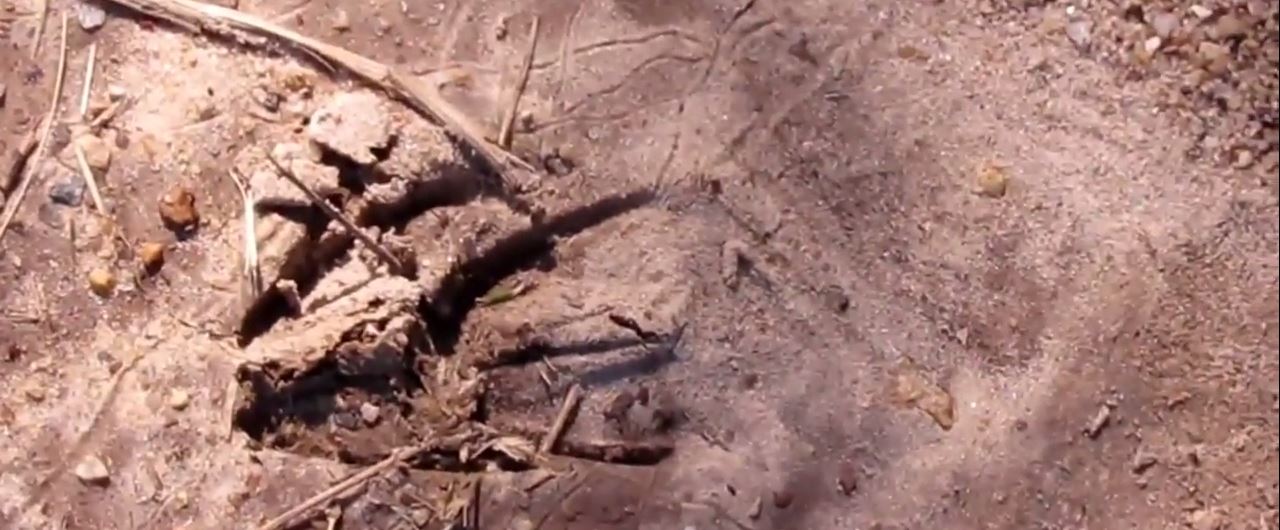How to identify raccoon tracks?
Nocturnal Creatures
Regarding the fact that raccoons are nocturnal creatures, various property owners won’t be aware of the presence of raccoons until the animals make severe damage to the property. However, there is a way to identify the presence of the raccoons on your property before they make damage.
That one way to identify raccoons before they make damage is identifying their tracks. Raccoons, just like every wild animal, leave tracks behind themselves that can be easily recognized with proper knowledge of wild animal tracks. The tracks that point out that there are raccoons are on your property are raccoon droppings and footprints.
Muddy Footprints
Raccoons are animals that simply love to track through mud near the bodies of water, such as ponds, creeks, rivers, and lakes. As such, raccoons will often leave muddy footprints on your property and inside your home if they invade it. These little critters will also leave muddy footprints on your tabletops and on the roof of your car.
Forepaw raccoon tracks mostly resemble handprints of a tiny human, with five fingers that are splayed out from the palm. The hind paw tracks of a raccoon resemble the animal’s forepaw tracks, but there is a difference. The hind paw tracks of a raccoon have elongated heels which means they are sank deep into the ground because raccoons usually carry more weight in their hind legs.

Asymmetrical Tracks
Raccoon tracks are asymmetrical. The innermost toe of a raccoon is the smallest toe. The foot pad of raccoons is C-shaped. The front tracks of a raccoon have longer toes and they are more spread apart.
The hind feet of a raccoon have a large heel pad and a large palm pad.
Raccoon Gait
Raccoons are animals with a unique walking gait. These animals utilize their walking gait when foraging and traveling. Their uncommon walking gait results in such a trail pattern in which the front and the hind track from the opposite sides of a raccoon’s body register to each other.
Step lengths in a raccoons walking gait vary from 11 to 18 inches. Raccoons will also utilize galloping gaits when avoiding danger and predators.
Raccoon Scat
Raccoon poop can be variable in size, shape, color, and texture because raccoons are omnivorous animals.
Raccoon scat is usually 3/8 of an inch in diameter and is tubular in shape. You should be careful with raccoon scat and not touch it because it is a health hazard.
Read the How to get rid of raccoons page for helpful information and to learn more about How to identify raccoon tracks?
How to identify raccoon tracks?

